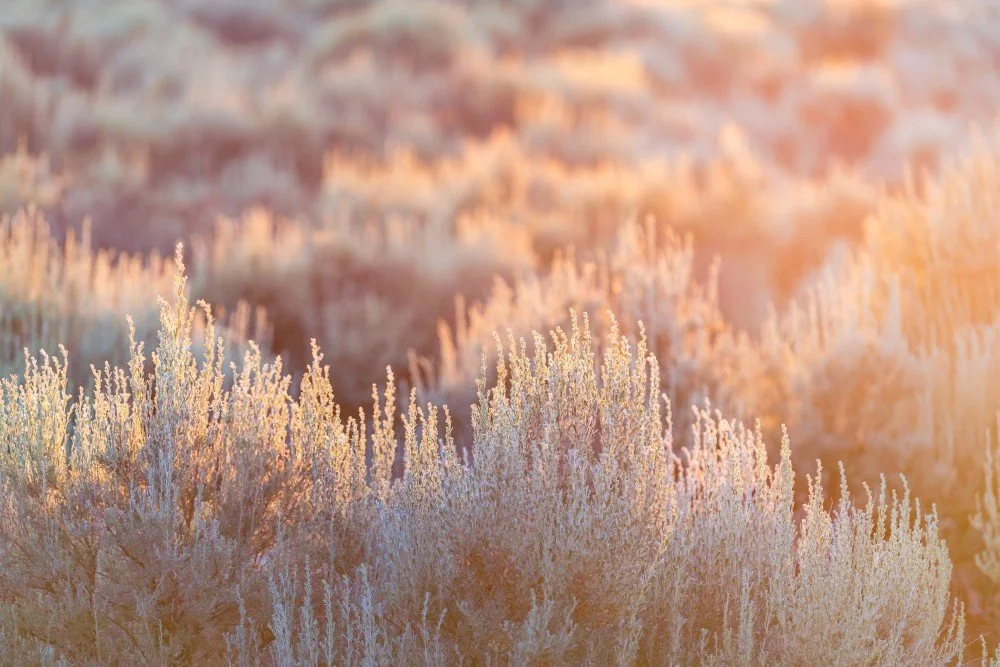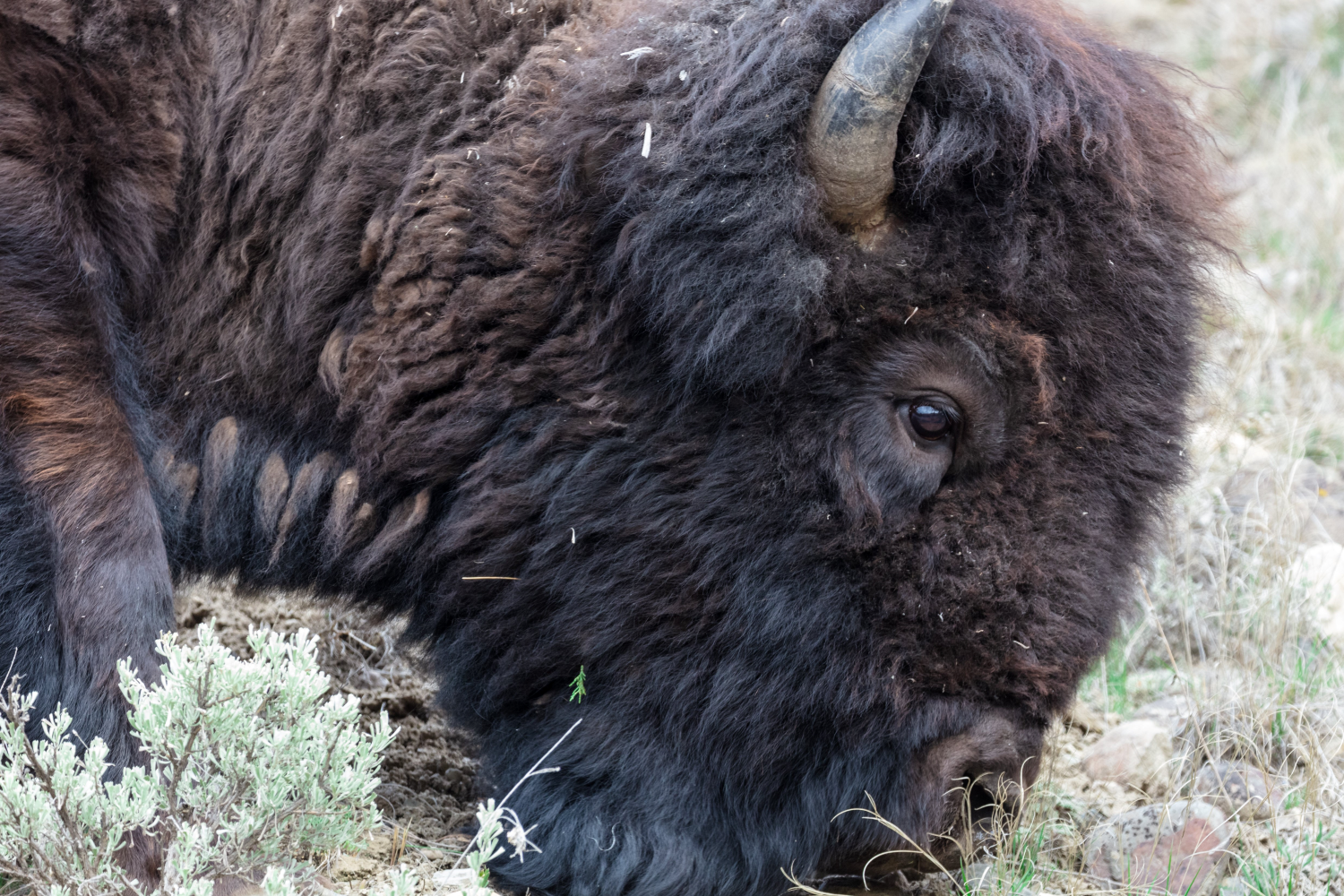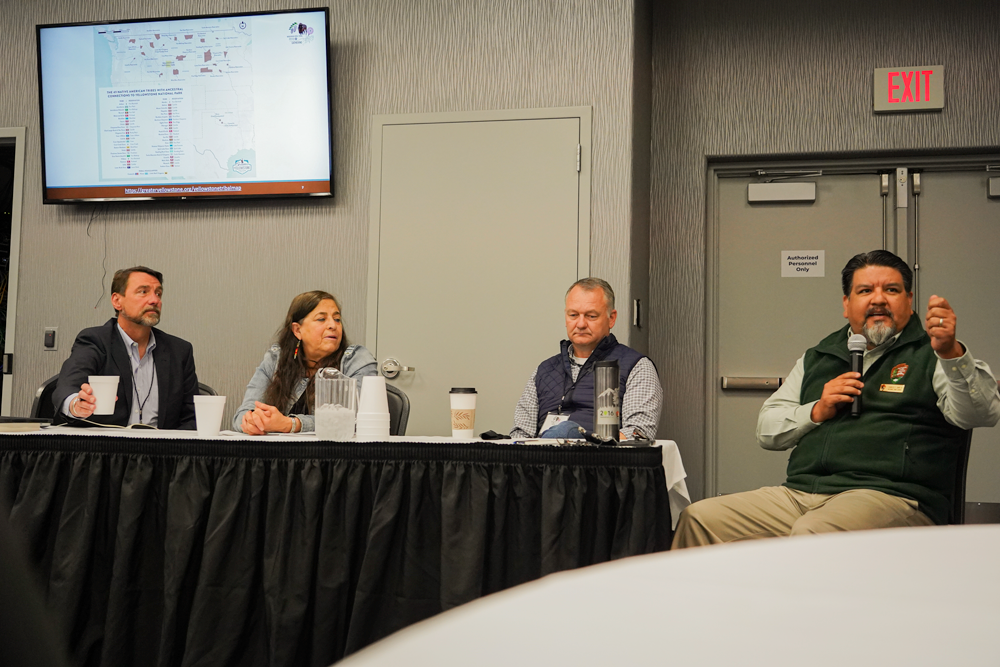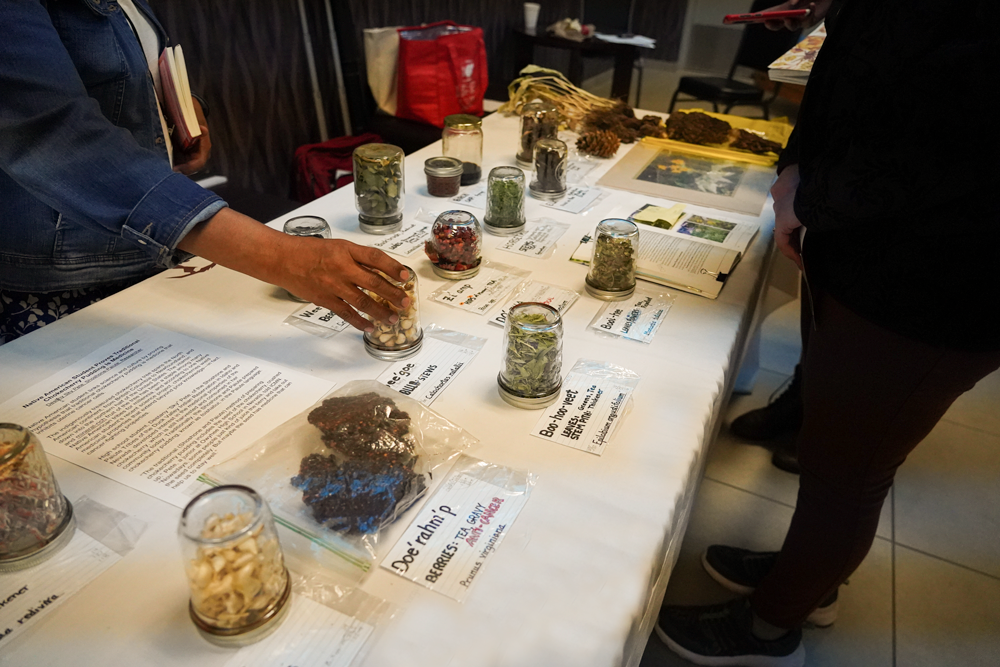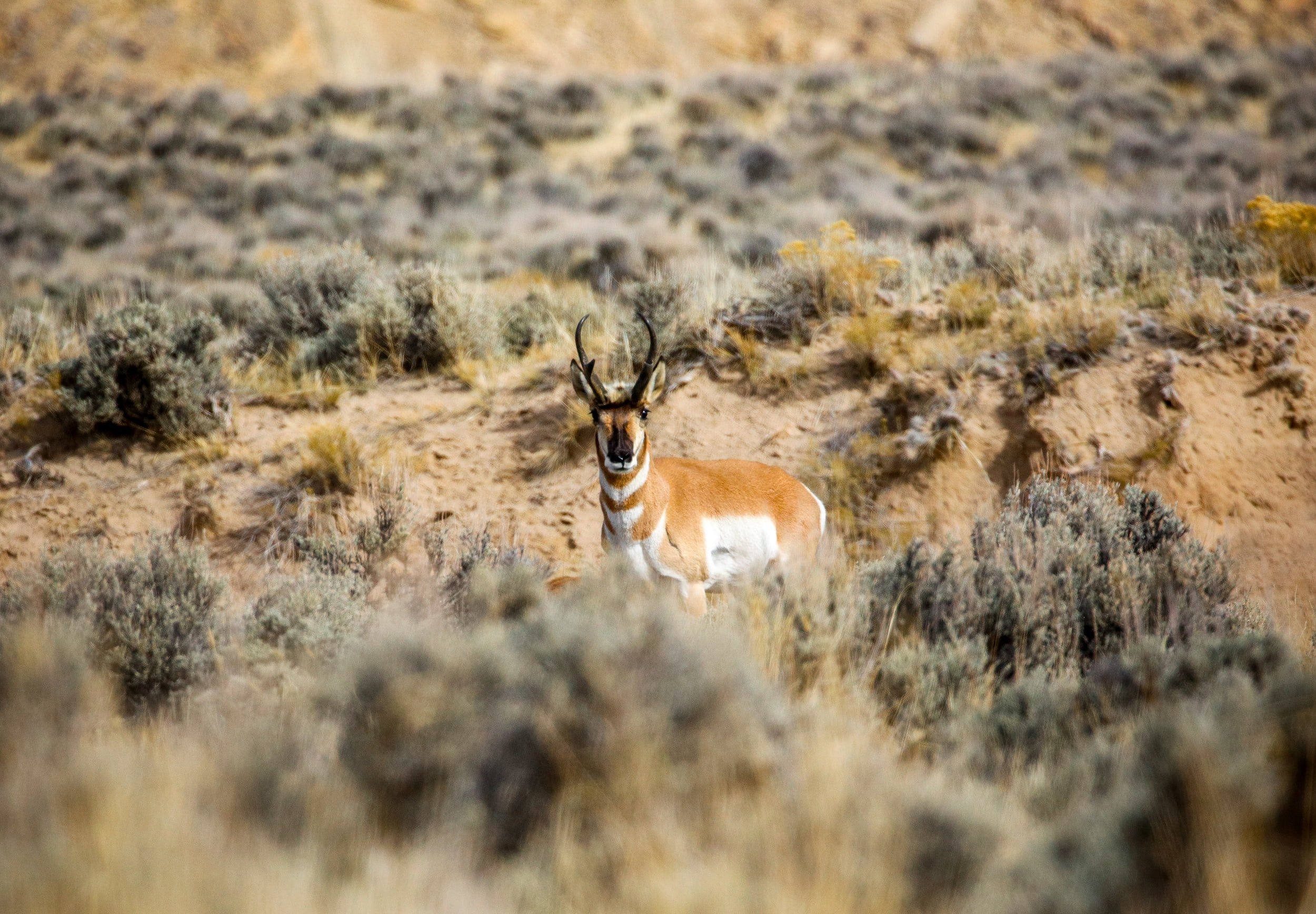
Repatriating Muddy Ridge
At 2.2 million acres, the Wind River Indian Reservation is roughly the same size as Yellowstone National Park.
This expansive landscape contains hundreds of lakes, miles upon miles of rivers and streams, and some of the most remote mountains in the Lower 48. Grizzly bears, black bears, wolves, bald eagles, and vast herds of elk, deer, and antelope are just a few of the species that call Wind River home. The two Tribes of the Wind River Indian Reservation – the Eastern Shoshone and Northern Arapaho – steward the landscape and its wildlife; they are actively working to restore native buffalo, improve riparian habitats, and restore the Big Wind River.
Yet the reservation originated as a landscape 20 times its current size. What began as a 44-million-acre reservation in 1863 was reduced to less than 3 million acres in 1868. The 1868 Treaty – a nation-to-nation peace agreement between the U.S. Federal government and Shoshone Tribe guaranteed lands “for the absolute and undisturbed use and occupation of the Shoshone Indians.” A long history of broken Treaty agreements followed by the federal government taking more Tribal lands within the reservation boundary for private and federal use.
One such area is Muddy Ridge.
Muddy Ridge is an expanse of undeveloped land on the north side of the Big Wind River in the northeast portion of the Wind River Indian Reservation.
In 1920, the land was removed from Tribal control to create irrigation for non-Tribal residents as part of the Riverton Reclamation Project. Land, however, that was not used for the project was categorized as “excess property,” and was supposed to be returned to the Tribes.
Since 1943, the Eastern Shoshone Tribe has been actively pursuing the return of many lands withdrawn by the U.S. government. Some successful restorations have occurred, but the Tribes continue to dispute that more than 100,000 acres of excess lands remain in U.S. government control. Even though 57,000 acres is recognized by the Bureau of Reclamation as “excess” to the property, the federal government has refused to turn it back over to Tribal ownership.
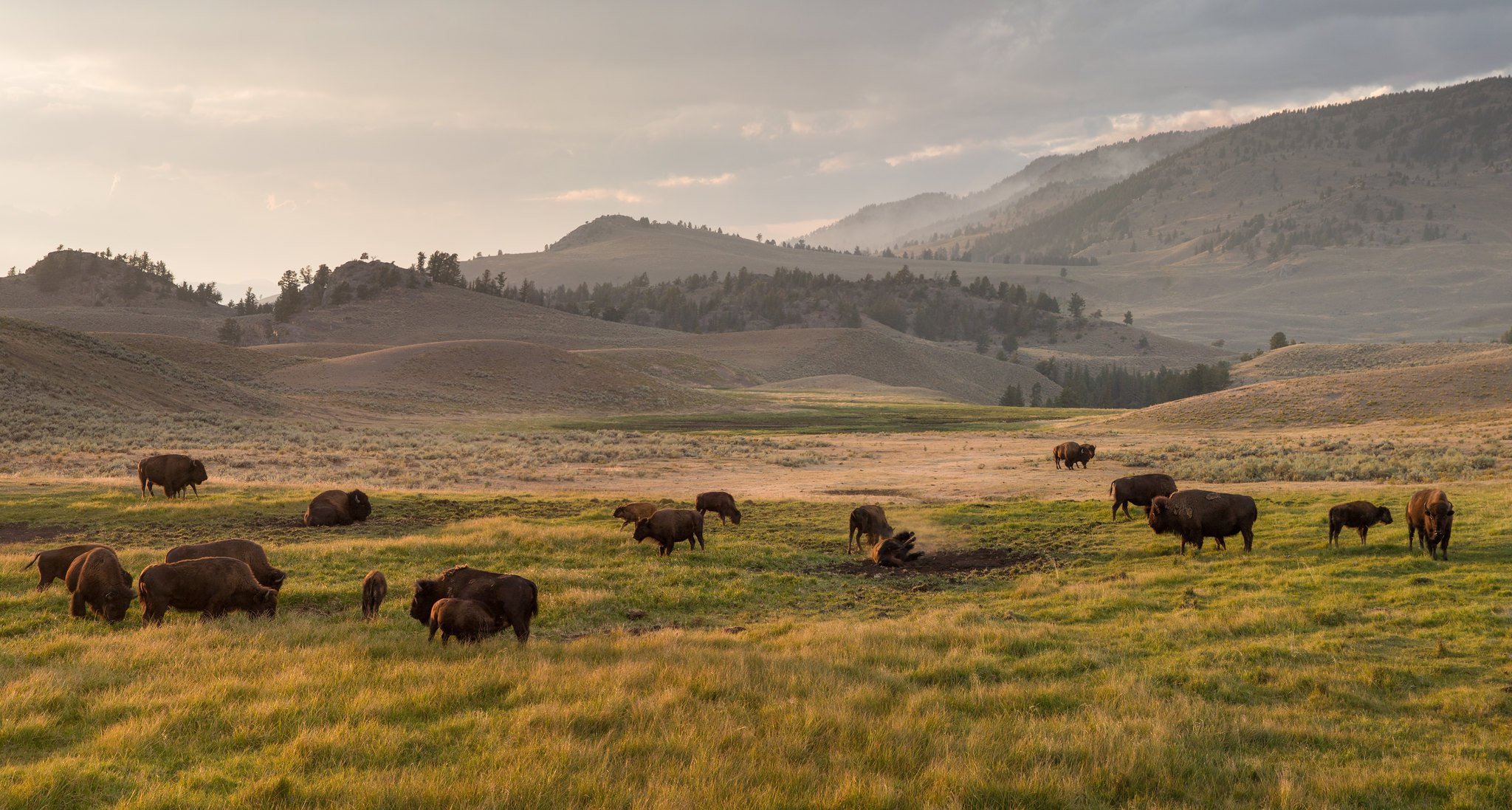
Repatriating Muddy Ridge would open additional landscape for buffalo restoration, allowing for cohesive land and water management across the reservation, and supporting Tribal sovereignty and self-determination. .
The Greater Yellowstone Coalition is working in lockstep with Tribal leadership from the Eastern Shoshone and Northern Arapaho to advocate for the repatriation of Muddy Ridge. We are actively engaging agencies within the U.S. Department of Interior – specifically the Bureau of Land Management and Bureau of Reclamation – to coordinate and come to a decision that honors Tribal sovereignty.
Our Tribal Program staff are educating and connecting with people within the Wind River Indian Reservation communities to ensure Tribal members are engaged, informed, and empowered to demand the resolution of this centuries-old injustice, and see the return of Muddy Ridge to the Tribes.

